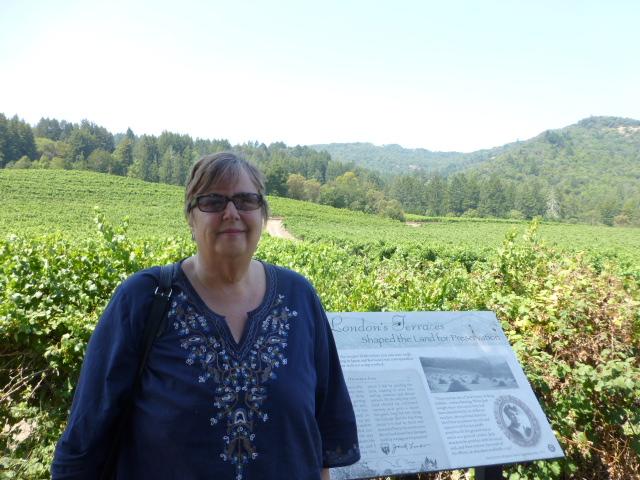
While storytelling may be typically associated with campfires or children’s bedtime, author and consultant Paul Smith, a leading expert on organizational storytelling, believes the practice also has a vital role to play in a wide variety of business and workplace situations.
That’s the message Smith will be conveying during his MPI keynote presentation at IMEX America, Oct. 16-18 in Las Vegas, which will explore the effective uses of storytelling and how to put them in action.
Storytelling has such a potent effect because people do not make decisions based purely on logic and data, Smith says.
“It turns out, we make subconscious, emotional decisions in one place in our brains and then justify those decisions a few nanoseconds later in a conscious, rational thinking part of the brain,” he says. “Logic and data only work on the conscious part of the brain. Stories speak to both parts.”
What Smith likes to convey to audiences and clients is that it’s not necessary to have natural talent for storytelling in order to put it to effective use.
“Storytelling is a learnable skill, but you need to learn the right techniques by taking a class or watching a video,” he says. “You need to take it seriously through study and practice. It’s kind of like learning the guitar—not everyone can be a professional musician, but most people can learn to play.”
Storytelling involves using specific examples of past experiences to illustrate a point rather than just reiterating a list of hard facts and data.
“For example, if you need to convince your boss or client about why a certain destination is right for a meeting, describe the type of experience the attendees will have,” Smith says.
He also recommends consciously looking for possible stories to use in sales pitches or communication and having a stockpile on hand.
“Keep an eye out for good stories that illustrate why your company or your services have value,” Smith says. “It’s important to collect and hone stories, just as you would with data and analysis.”
When launching into a story during a presentation, just dive in, he adds.
“Don’t start out by announcing that you’re going to tell a story or, worse yet, apologizing for doing so,” Smith says. “That sets it up as not important. Also, many people have a negative reaction to the word ‘story,’ thinking it’s something for kids or a lie.”
Once you start, keep it brief—no more than four minutes, Smith says.
Smith’s own story is of a career journey with risks and rewards, starting with an MBA from the Wharton School at the University of Pennsylvania and followed by a steady rise up the executive ladder, eventually becoming head of consumer research for Proctor & Gamble.
“I spent the first 24 years of my life after college following a safe and traditional corporate career path,” he says. “Then I did something crazy. And it was the best decision of my life.”
The “crazy” decision was to leave his corporate job in 2013 and turn his long-held fascination with the art and science of communication and leadership into a career as a self-employed author, speaker and business coach.
“After about 15 years in the corporate world, I realized that the leaders I admired the most were the ones who told compelling, inspiring stories,” Smith says. “Those were the leaders I wanted to work for and that I wanted to be like when I advanced in the company. But they didn’t teach me how to tell stories in business school or at any of the companies I worked for. So, I set out to learn how on my own.”
During this time he personally interviewed hundreds of people from around the world, including CEOs, statisticians, teachers, fighter pilots, engineers, bankers, nurses, sales people, comedians, politicians, consultants and scientists. He used this research to identify the components of effective storytelling and developed templates to put them into practice.
“I was looking for those profound moments in their careers and personal lives where they learned an absolutely essential lesson—one worthy of passing along to the next generation of management or the next generation of humanity,” Smith says. “What I found amazed me.”
His research has led to several bestselling business books, including Lead with a Story and Selling with a Story, which is in its ninth printing and available in seven languages. These days he’s frequently on the road as a speaker and business coach for such clients as Hewlett Packard, Google, Ford Motor Co., Bayer Medical, Progressive Insurance, Kaiser Permanente and Proctor & Gamble.
Learn more about Smith at www.leadwithastory.com.
SIDEBAR
Storytelling and Effective Leadership
Whether you’re trying to set a vision, lead change, inspire creativity, teach important lessons, market a product or service or sell your ideas, storytelling can help you do it better. But only if you know how to do it right.
Learn how to become a more effective leader through storytelling with Paul Smith during his MPI keynote presentation at IMEX America, Oct. 16-18 in Las Vegas.
Learn more about MPI education at IMEX America at www.mpiweb.org/events/imex-america-2018.



